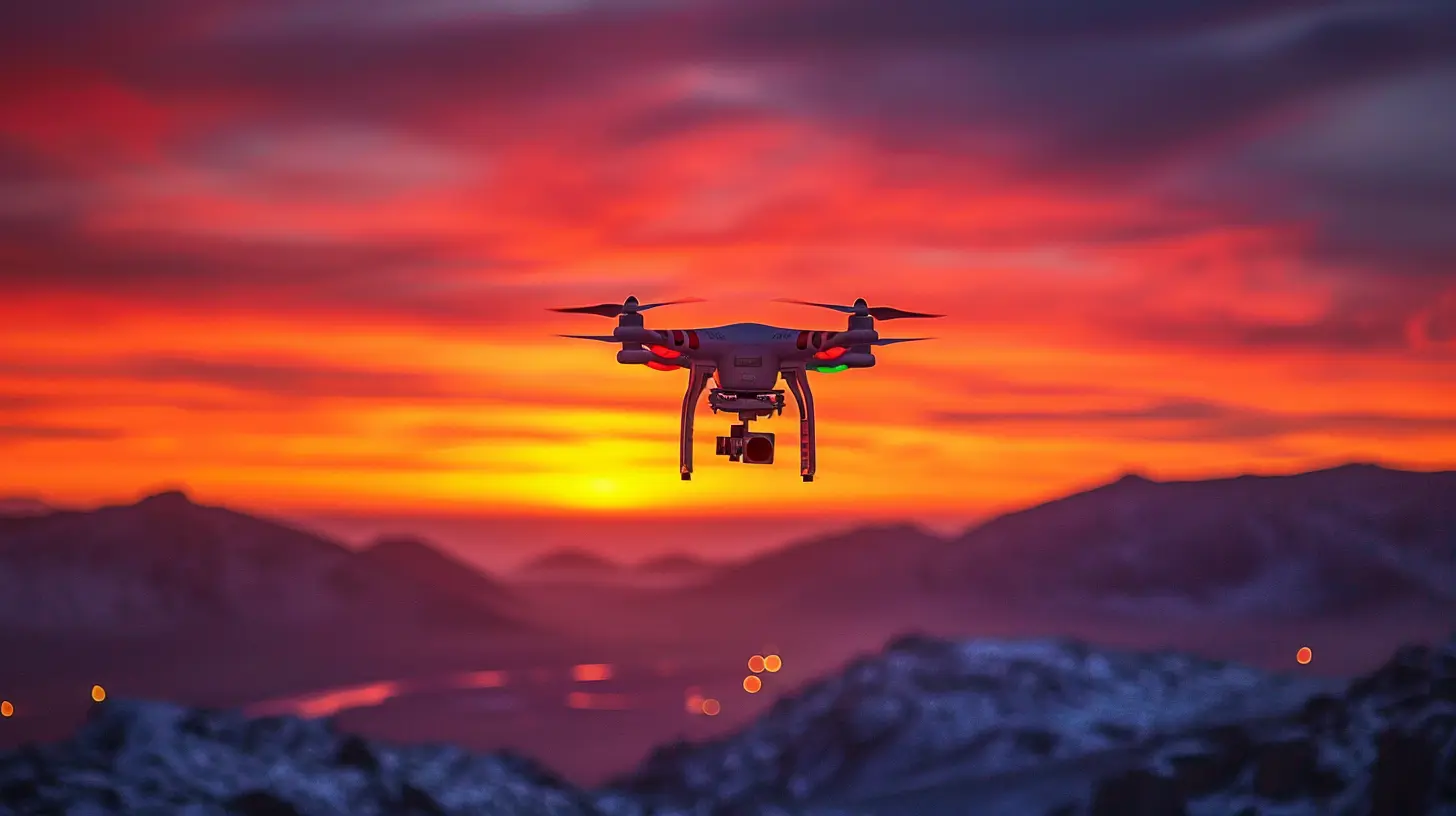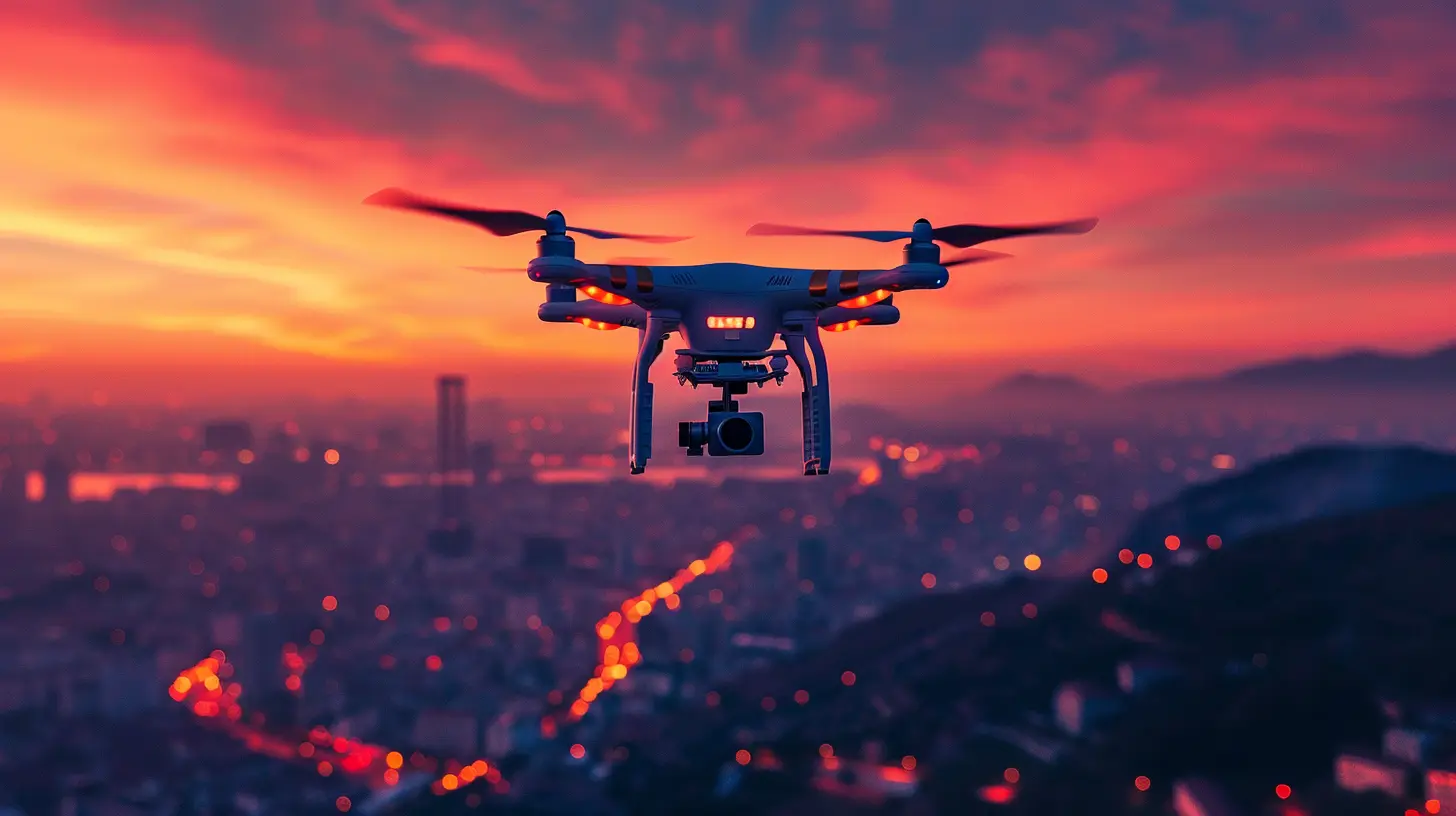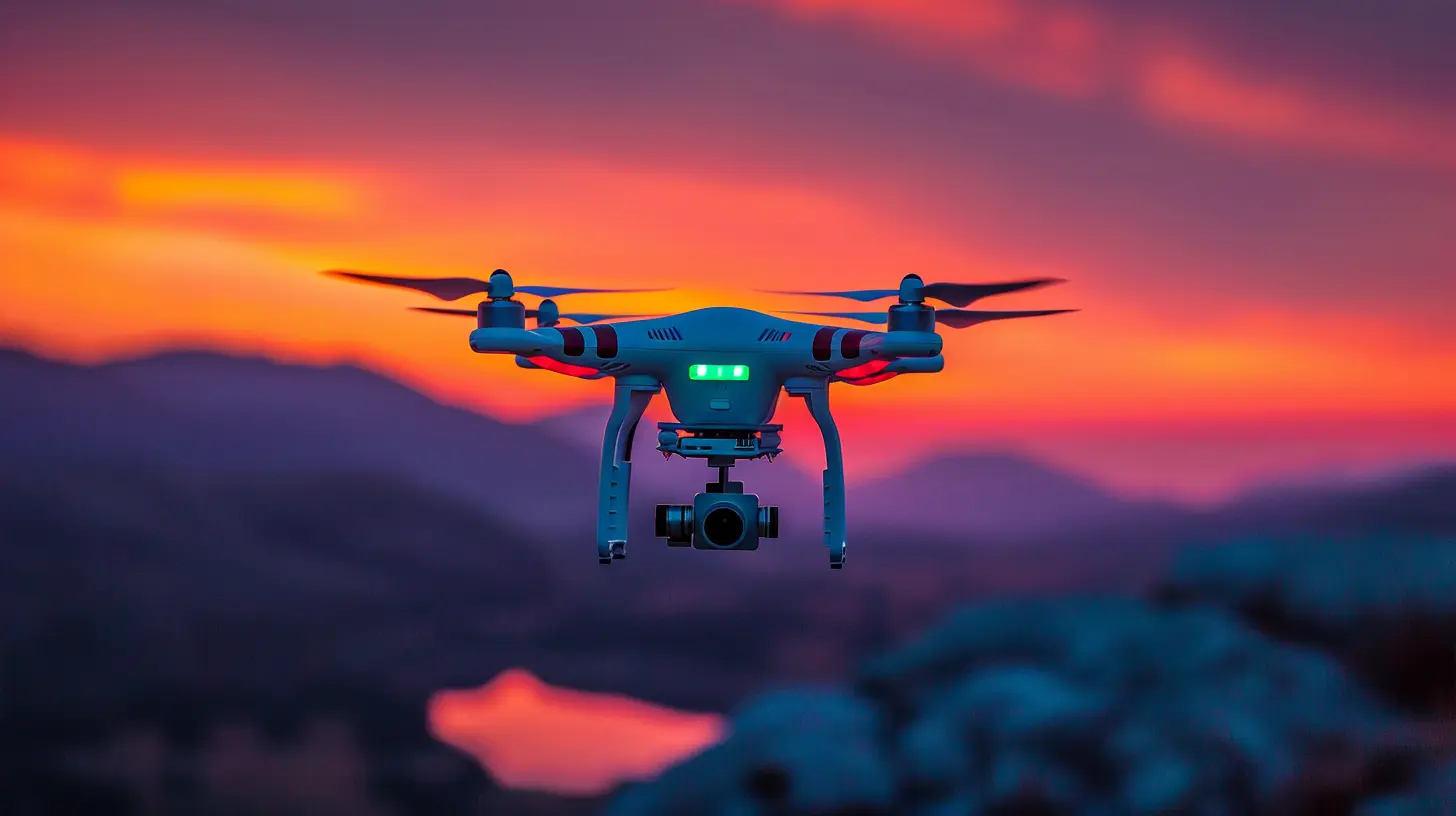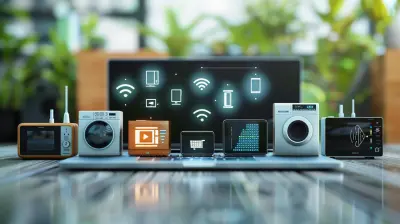The Role of Drones in Monitoring Climate Change
26 May 2025
Climate change is one of the biggest challenges humanity is facing today. Rising temperatures, melting glaciers, unpredictable weather patterns—it's all happening right before our eyes. But how do scientists track these changes accurately? Enter drones.
Drones are revolutionizing how we monitor the planet, offering a bird’s-eye view of environmental changes that were once impossible to observe in real-time. In this article, we’ll dive deep into how drones are playing a crucial role in tracking climate change, their benefits, and what the future holds for this technology.

How Drones Are Changing Climate Monitoring
Traditionally, scientists relied on satellites, weather stations, and manual surveys to track environmental changes. While these methods are effective, they have limitations. Satellites can only capture broad images, weather stations cover limited areas, and manual data collection is time-consuming and expensive.Drones, however, fill in these gaps. They can fly over remote locations, gather high-resolution images, and provide real-time data without the need for human presence in dangerous environments.
1. Monitoring Ice Caps and Glaciers
One of the most visible signs of climate change is the melting of ice caps and glaciers. But tracking these massive structures isn’t easy. They’re located in harsh, freezing environments, making human-led studies both risky and expensive.Drones allow scientists to map changes in glaciers with stunning accuracy. Equipped with thermal cameras and LiDAR (Light Detection and Ranging), they can measure ice thickness, detect cracks, and even assess the speed at which glaciers are melting.
2. Studying Rising Sea Levels
As global temperatures rise, so do sea levels. Coastal areas are at risk of flooding, and entire ecosystems are in danger. But monitoring these changes manually is a logistical nightmare.Drones help by surveying coastal regions, measuring erosion levels, and capturing real-time data on water levels. With high-resolution imaging, scientists can predict which areas are most vulnerable and plan interventions accordingly.
3. Tracking Deforestation and Forest Health
Forests are the lungs of our planet, absorbing carbon dioxide and releasing oxygen. But illegal logging, wildfires, and climate-induced changes threaten these vital ecosystems.Drones can fly over vast forests, capturing detailed images of tree health, detecting deforestation patterns, and even identifying areas at risk of wildfires. This data helps conservationists take preventive action before it’s too late.
4. Measuring Air Pollution
Air pollution is a major contributor to climate change. But measuring it effectively across different regions is incredibly difficult.With drones equipped with air quality sensors, scientists can track pollutant levels in real-time. They can fly over cities, industrial sites, and even remote areas to detect harmful gases like carbon dioxide, methane, and nitrogen oxides. This data helps policymakers take action to curb emissions.
5. Observing Wildlife and Ecosystem Changes
Climate change doesn’t just affect weather patterns—it disrupts entire ecosystems. Animal migration, food availability, and habitat destruction are all linked to environmental shifts.Drones can monitor wildlife populations without disturbing them. Scientists use them to track animal movements, observe changes in vegetation, and assess how climate change is impacting biodiversity.

Advantages of Using Drones for Climate Monitoring
Drones aren’t just cool gadgets—they’re game-changers in climate science. Here’s why:1. Cost-Effective
Traditional climate monitoring methods, like satellites and research expeditions, can be incredibly expensive. Drones offer a much more affordable alternative while still delivering high-quality data.2. Real-Time Data Collection
Unlike satellites, which may take days or weeks to provide updated images, drones can gather data instantly. This is crucial when monitoring rapidly changing phenomena like wildfires or storms.3. Access to Remote Regions
Some of the most critical climate changes occur in places humans can’t easily reach—like the Arctic, dense rainforests, or active volcanoes. Drones can effortlessly access these areas and capture valuable data.4. Low Environmental Impact
Unlike large aircraft or ground vehicles, drones are lightweight and have minimal environmental impact. This makes them a sustainable choice for monitoring delicate ecosystems.5. Precision and Accuracy
Drones are equipped with cutting-edge technology like LiDAR, thermal imaging, and multispectral sensors. This allows scientists to capture highly precise data that would be difficult to obtain otherwise.
Challenges of Using Drones in Climate Research
Of course, it’s not all smooth flying—drones have their challenges, too.1. Limited Battery Life
Most drones can only fly for 20-60 minutes before needing to recharge. This limits how much ground they can cover in a single mission.2. Weather Dependency
Harsh weather conditions like strong winds, heavy rains, or extreme temperatures can hinder drone operations. Since climate change often involves extreme weather, this can be a concern.3. Legal and Regulatory Restrictions
Many countries have strict regulations on drone usage, especially in protected areas. Getting permission to fly over certain regions can be time-consuming and complex.4. Data Processing Challenges
Drones capture massive amounts of data, which must be processed and analyzed effectively. Without proper infrastructure, managing this data can become overwhelming.
The Future of Drones in Climate Monitoring
As technology advances, drones are only going to become more sophisticated. Here’s what the future might hold:- Longer battery life: Researchers are working on solar-powered drones that can stay airborne for days, allowing for extended data collection.
- Improved AI integration: With artificial intelligence, drones could process data in real-time and even predict environmental changes on their own.
- Better sensor technology: Enhanced sensors will allow drones to detect even more subtle climate changes, increasing their accuracy.
- More global adoption: As costs decrease and accessibility improves, more scientists and environmental organizations will integrate drones into their research.
Conclusion
Drones are proving to be invaluable tools in the fight against climate change. From tracking glacier melt to monitoring air pollution, they allow scientists to gather data faster, cheaper, and more accurately than ever before. While there are still challenges to overcome, the future looks promising for drone technology in climate research.Climate change isn’t slowing down, and neither should our efforts to understand and combat it. With drones leading the charge, we may just have a fighting chance to protect our planet before it’s too late.
all images in this post were generated using AI tools
Category:
DronesAuthor:

Vincent Hubbard
Discussion
rate this article
3 comments
Weston Chavez
This article highlights the transformative potential of drones in climate monitoring. Their ability to collect real-time data is crucial for understanding environmental changes, yet we must consider ethical implications and data management challenges.
June 5, 2025 at 3:00 AM

Vincent Hubbard
Thank you for your insightful comment! I agree that while drones hold great promise for climate monitoring, we must carefully address ethical and data management issues to maximize their benefits.
Hesper Sharp
Great article! It’s inspiring to see how drones are being harnessed to tackle climate change. Their ability to collect data and monitor ecosystems provides invaluable insights. This technology not only enhances our understanding but also empowers us to take impactful action for a sustainable future.
May 30, 2025 at 4:04 AM

Vincent Hubbard
Thank you for your kind words! I'm glad you found the article inspiring. Drones truly have transformative potential in the fight against climate change.
Niko McQuade
Drones offer unique insights into climate change, enhancing data collection and improving environmental monitoring efforts.
May 29, 2025 at 3:18 AM

Vincent Hubbard
Thank you for your insightful comment! Drones indeed play a crucial role in advancing our understanding of climate change through enhanced data collection and monitoring.



